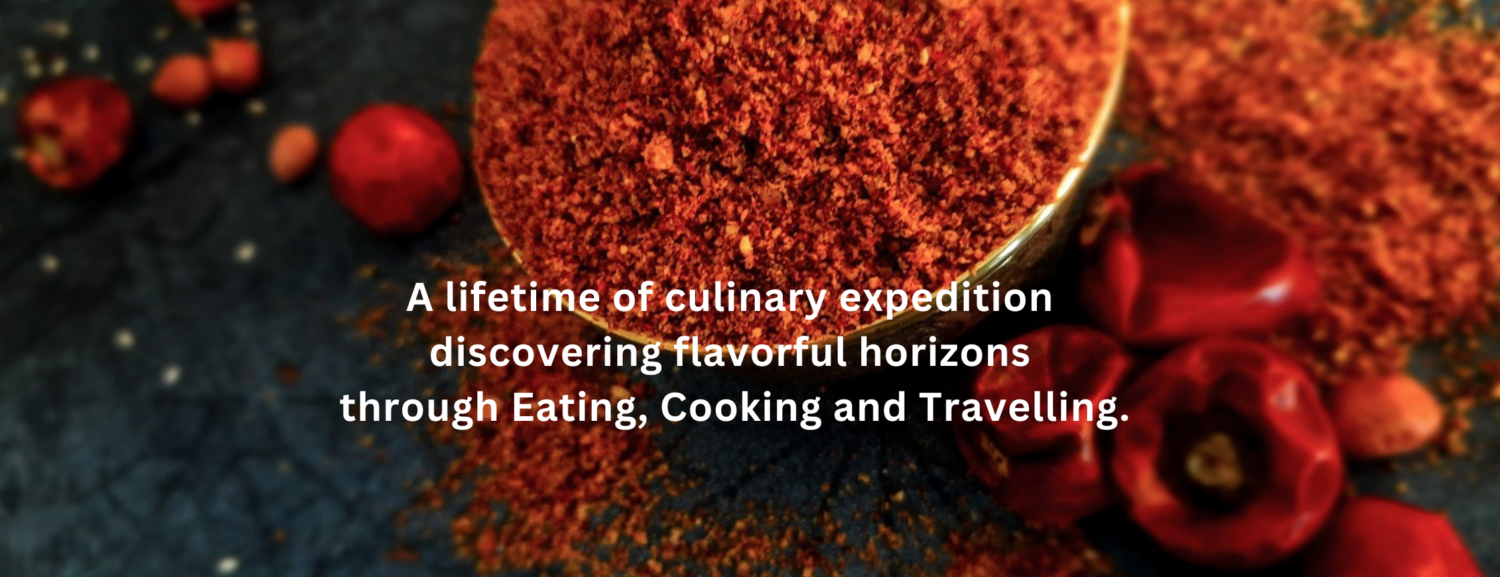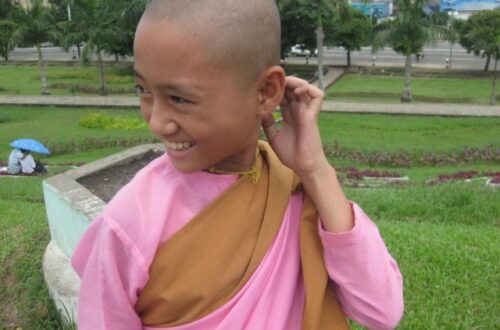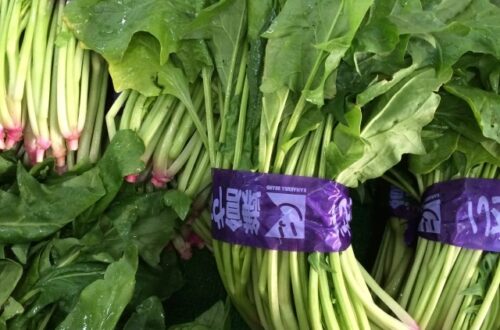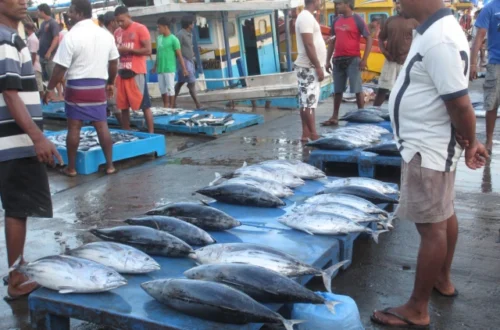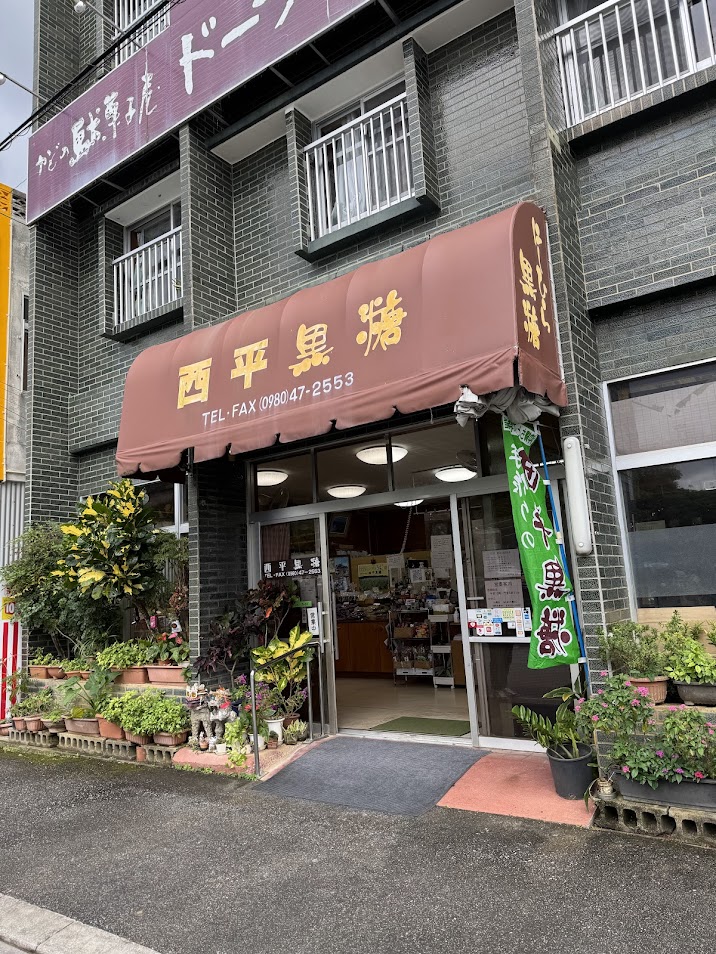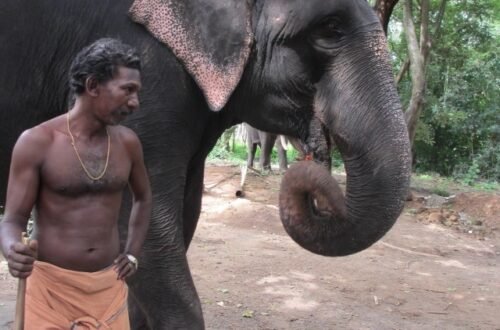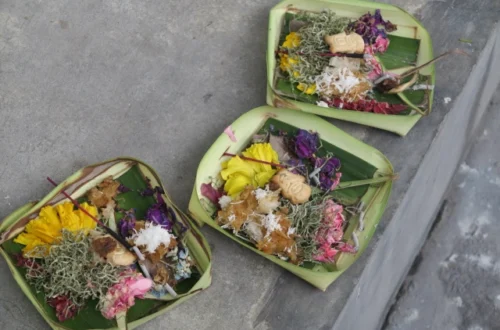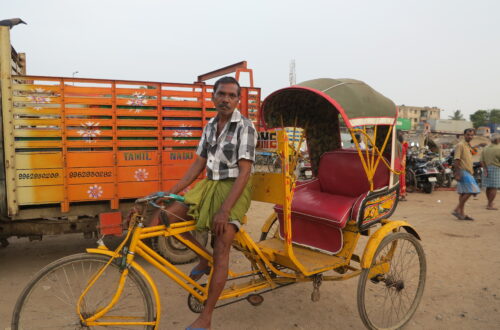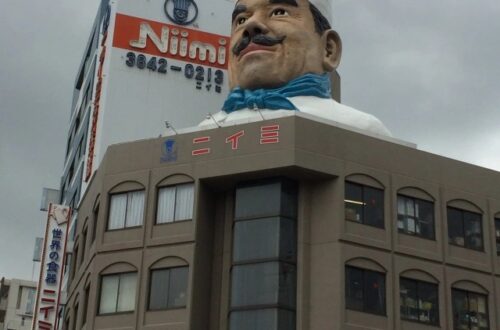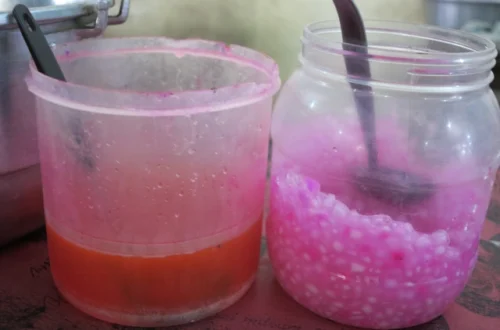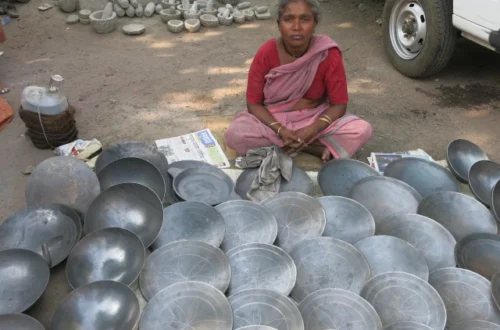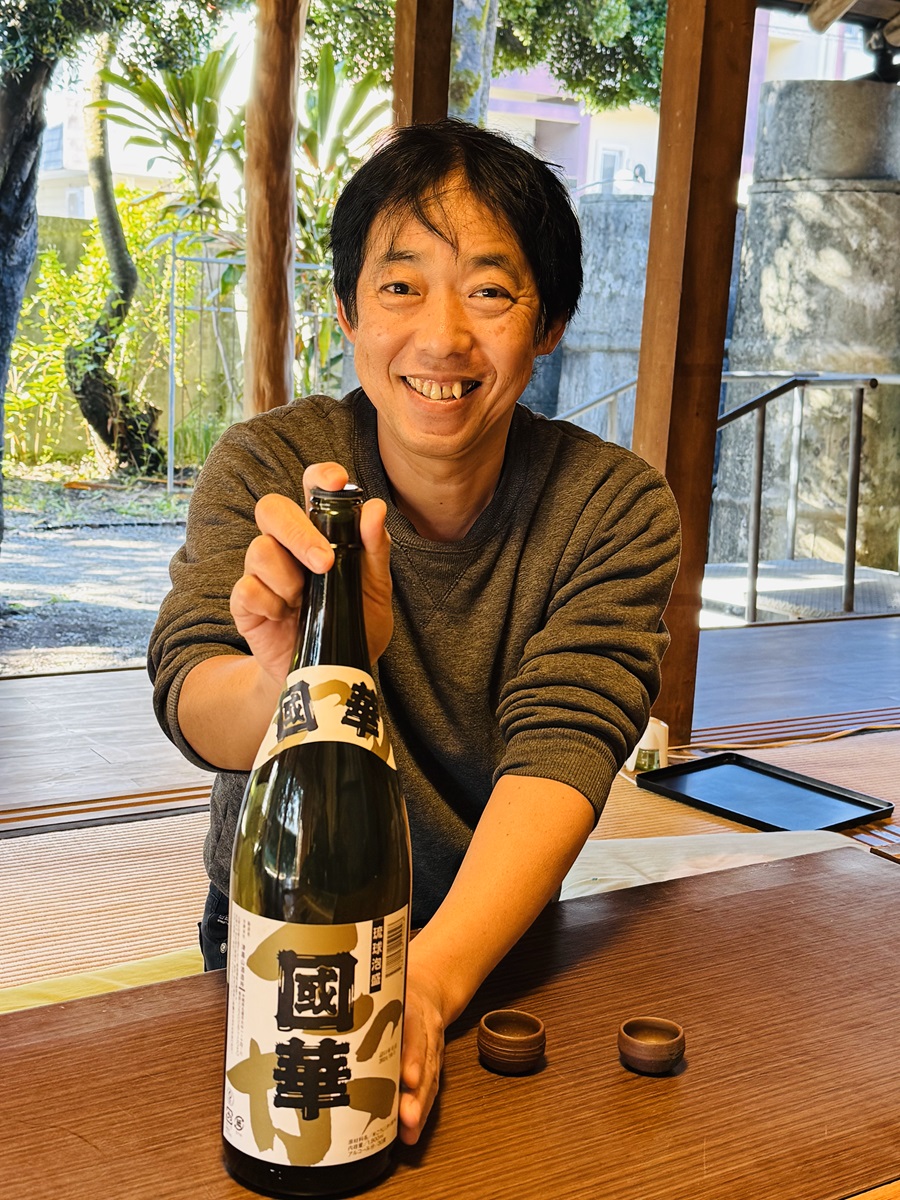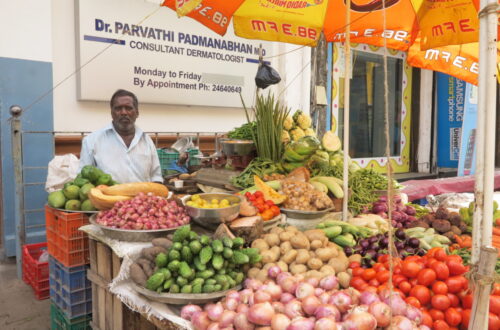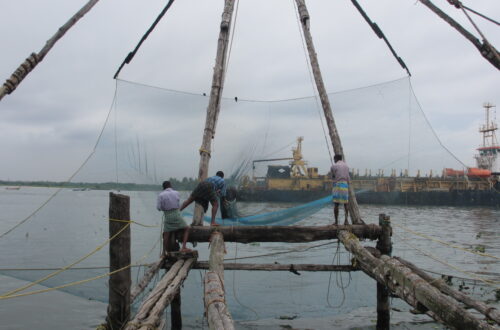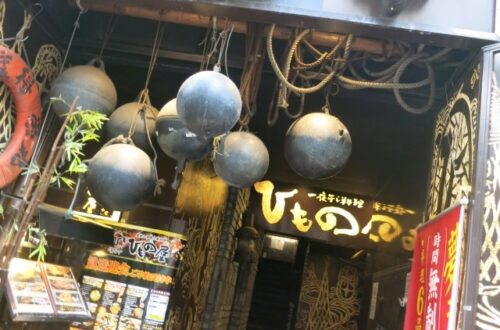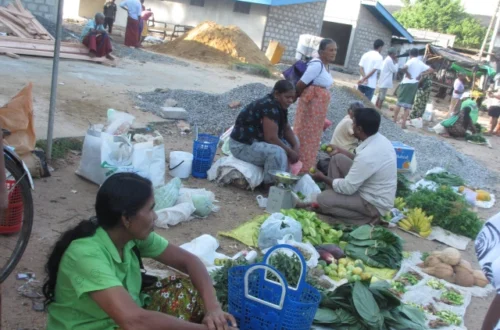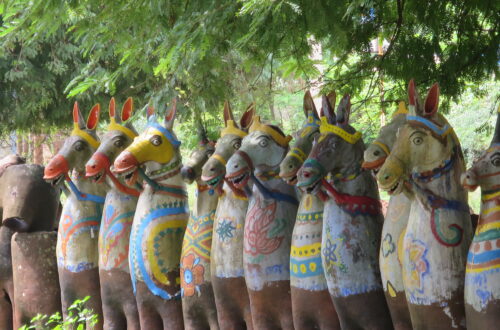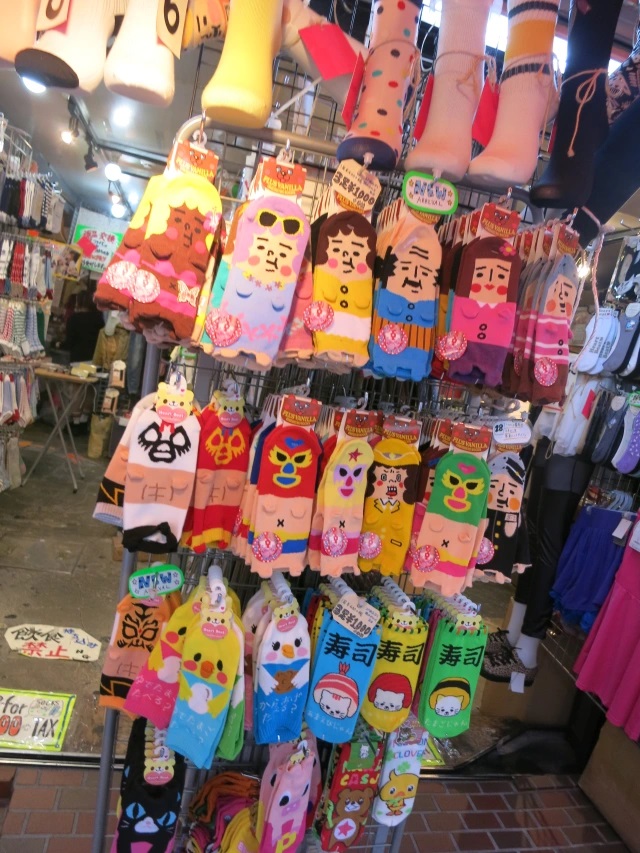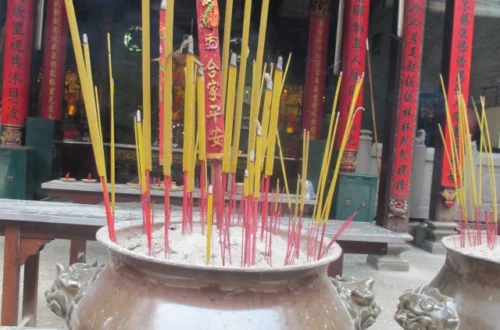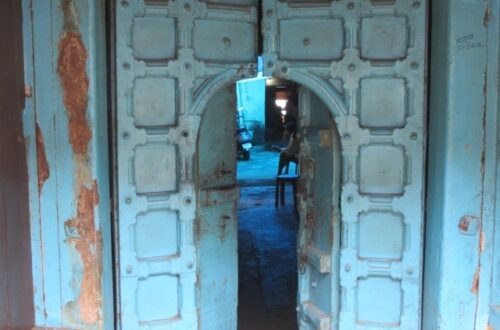-
A Journey Through Wellness, Flavor, and Innovation in Okinawa
The gadget used to produce Kangen Water is an alkaline water ionizer. This device typically uses electrolysis to separate the water into alkaline and acidic components. Users can select different pH levels, depending on their needs, ranging from strong alkaline water for cleaning to mildly alkaline water for drinking. The ionizer is designed to be used at home, providing a convenient way to access alkaline water daily.
-
Appreciating Okinawan Turmeric
Both types of turmeric contain curcumin, the active compound known for its health benefits, but their concentrations may vary. Autumn turmeric is often valued for its higher curcumin content, while spring turmeric may have a different balance of other beneficial compounds.
-
Kokuto – Okinawan Brown Sugar
Okinawan brown sugar offers several health benefits, including preventing tooth decay and reducing cholesterol. Kuromitsu, a refined syrup made from kokuto, serves as a key ingredient in many Japanese desserts like kuzumochi and anmitsu, enhancing their flavors with its milder taste.
-
A Sugar Cane Plantation in Okinawa
Each of Okinawa’s eight brown sugar-producing islands has distinct varieties of sugar cane, shaped by varying soil properties, temperature, rainfall, sunshine hours, and the frequency of typhoons and droughts. Consequently, the raw harvest differs from island to island, resulting in brown sugar with unique textures and flavors influenced by the local environment and human practices.
-
Foraging at Mount Yaedake
My ascent of Mount Yaedake was truly magical, even as the rain gently enveloped us. With Yasuda by my side, I followed the hill track, embracing the drizzle without an umbrella or raincoat for the first time. This newfound sense of freedom was a welcome relief from the worries I often carried in Singapore. Surrounded by nature's beauty and Yasuda’s delightful company, my concerns about health faded away.
-
Awamori in Okinawa
The most traditional way to enjoy awamori is by sipping it from tiny, thimble-sized cups called chibuguwa. It’s important to savor it slowly rather than consuming it in one gulp. Take a moment to appreciate the aroma before your first sip, and enjoy the fragrance again after finishing your cup. Awamori makes a great cocktail base, especially when paired with citrus flavors. It can also be enjoyed as awamori coffee!
-
Can’t Forget Goya Spam Onigirazu!
The thick slices of bitter gourd are lightly battered and deep-fried to mellow their bitterness while retaining a satisfying crunch. The egg is cooked in the typical Japanese style—thick and soft. Spam, a beloved staple in Okinawa, is pan-fried until golden and crisp.
-
Kamakura Farmers Market
Kamakura, former capital of Japan is about one hour train ride from Tokyo. It is a historical place with winding streets, temples, shrines, shops and markets. The farmers market, Rensokubaijo is opened throughout the week. The products in the market are from local farmers. I did not see any tourists on the day I went. However, the place was lively with customers chatting with the farmers who were there to sell their vegetables, fruits and pickles. I also had time to enjoy coffee and a piece of seed cake from a hippy coffee joint located within the market.
-
Not Enough of Tokyo!!
I found Tokyo almost spotlessly clean. Surprisingly, I did not come across any signage exhorting the residents to keep the city clean. I hardly found any graffiti anywhere. There was no rubbish nor dustbins overflowing with garbage along pathways. Though I saw a number of people walking their dogs, there was no dog poop anywhere. After meals, the people clean their tables at most eating outlets. Hardly anyone eats on the go. Some well-dressed staff, probably at management levels, were seen cleaning signboards and glass doors in and outside their offices. Shop owners swept the sidewalks and streets outside their shops. I like Tokyo or rather Japan so much. If…
-
Cool and Cute Harajuku
If you are in for “cool” and “cute” Japanese culture, head for Harajuku. This is north of Shibuya and a very fashionable, faddish and really crazy place for chilling out. On weekends, the place is so crowded – almost shoulder to shoulder with mostly youngsters. The most popular streets here are Takshita Street, Meiji Dori Avenue and Omotesando Dori Avenue. The shops sell a mix of American and English clothings and from Hello Kitty stuffs to hip hop. You get to see youngsters dressed in strange clothes with unique make-ups and many street performers. Some really high end restaurants and expensive restaurants line the Aoyama area.
